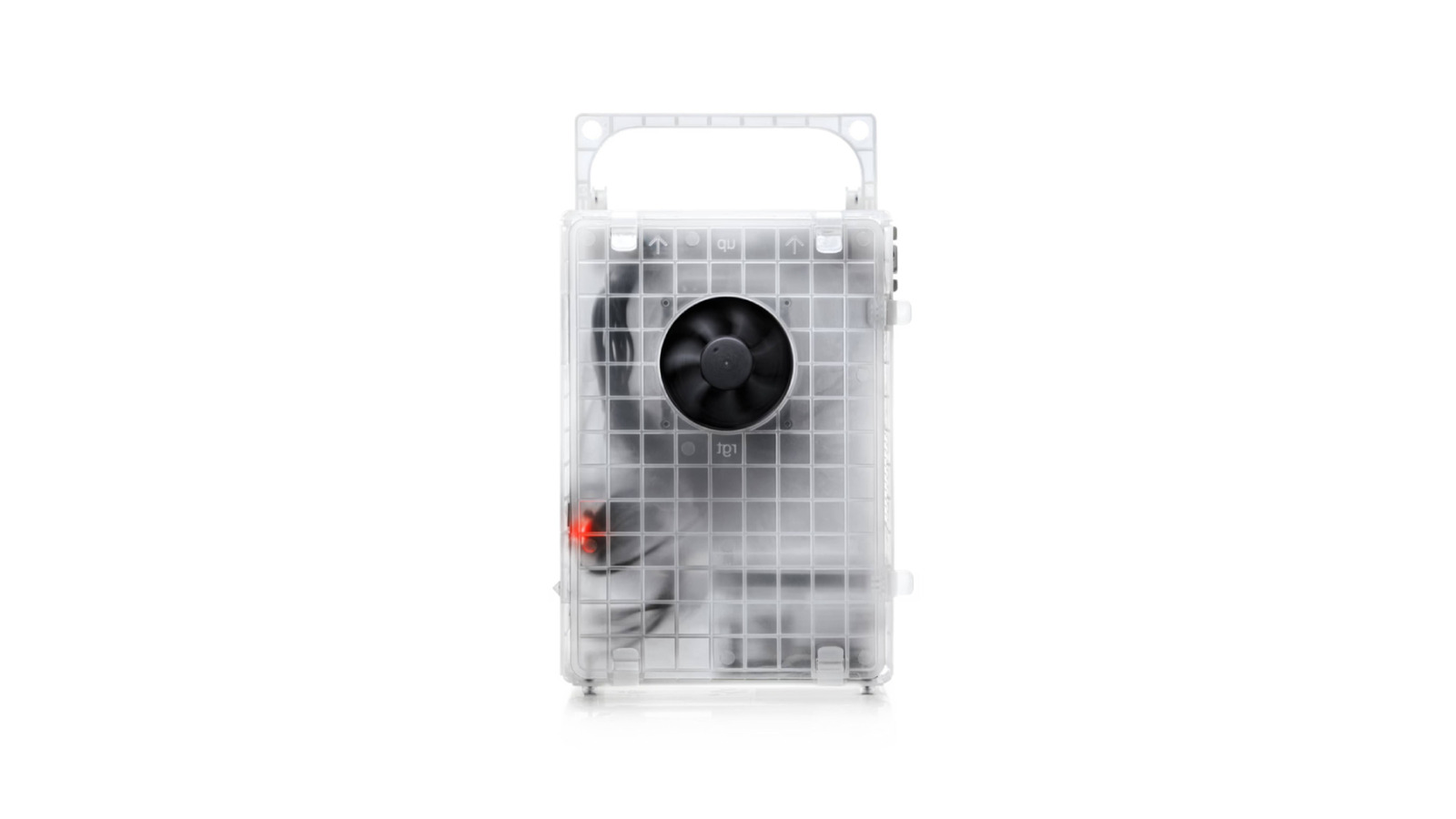The Pixel 10, Pixel 10 Pro, Pixel 10 Pro XL, and Pixel 10 Pro Fold will be unveiled on August 20th. In 2021, Google relaunched the Pixel as a true iPhone challenger, starting with the Pixel 6 and Pixel 6 Pro. Issues with the modem and fingerprint sensor were among the problems that many Pixel 6 and Pixel 6 Pro owners (like yours truly) had to face. In addition, the OG Tensor application processor (AP) was more Samsung Exynos than Google.
Expect larger battery capacities for the Pixel 10, Pixel 10 Pro, and Pixel 10 Pro XL
Even though the Pixel 6 Pro featured a nice-sized 5000 mAh battery (for that time), matching the capacity of other flagship models, users still had to deal with less than all-day power and often had to charge the phone during the afternoon or early evening. Since then, Google has addressed the issues that had Pixel 6 users moving to the Samsung Galaxy S Ultra model or the iPhone Pro Max.
The Pixel 7 series introduced an improved 5G modem, and the Pixel 9 replaced the slower, less accurate optical fingerprint sensor with an ultrasonic biometric reader for faster, more accurate readings. The Tensor G5 AP for the Pixel 10 line will be the first chipset designed by Google from the ground up. Without having to rely on Samsung, Google was probably able to design the SoC to run exclusive Pixel features. Unlike previous Tensor APs, this one will be manufactured by TSMC instead of Samsung Foundry.
As for the battery, the latest rumored capacities come from YTechB, who spotted regulatory labels from the EU. The labels grade each of the phones from “A” to “G”, with the grades based on things like how easy the phone is to repair, how durable the device is, and other factors. The Pixel 10 received a “B” and has a rated battery capacity of 4835 mAh. That would be a 6% hike from the Pixel 9‘s 4558 mAh. However, the difference in the runtime amounts to just 11 seconds from 49:12 to 49:23.
The Pixel 10 Pro scored a grade “A” rating, sporting a battery rated at 4707 mAh compared to the Pixel 9 Pro‘s 4558 mAh. That works out to a small 3.3% hike. The runtime comes to 51:09, up from the Pixel 9 Pro‘s 50:44. And the Pixel 10 Pro XL scored a “B” rating with a rated battery of 5078 mAh, up 2.8% from the Pixel 9 Pro XL’s 4942 mAh cell. Despite the increased capacity, the runtime of the Pixel 10 Pro XL dropped from its predecessor’s 49:30 to 48:38.
Keep in mind that runtimes can vary due to many factors such as the settings enabled on a phone, the apps being used, and the age of the battery. Of course, the latter wouldn’t be a factor on a new phone.
As part of the testing of these phones, the batteries went through 1,000 cycles and still had a large percentage of their original capacity available. Additionally, the phones went through 270 drop tests without any damage to the batteries. Each model has a rating of IP68, making them impervious to dust. It also means that each phone can be submerged in over 1 meter of fresh water for no longer than 30 minutes. Each Pixel 10 phone will receive seven years of Android updates.
What new AI features will the Pixel 10 line bring?
The Pixel, in general, has been gaining traction, and part of the reason why is Apple’s failed rollout of Apple Intelligence. Among the new AI-powered capabilities available to iPhone users is one that Apple has been heavily promoting. Called “Clean Up,” this feature allows the user to remove distracting items from a photo and was actually one of the key AI features on the Pixel 6 series, where it was known as the Magic Eraser.
Apple was also late with the Hold Assist, which will debut on iOS 26 (although many got to use it with the iOS 26 Beta). This was another fabulous feature I used often with the Pixel 6 Pro. Pixel calls it Hold for Me, and when you’re on hold, Google Assistant monitors the call, allowing you to put the phone down and attend to other things. When the person on the other end of the call returns, you are alerted so you can return to your conversation.
What new AI features will the Pixel 10 series bring? It won’t be long until we find out.








